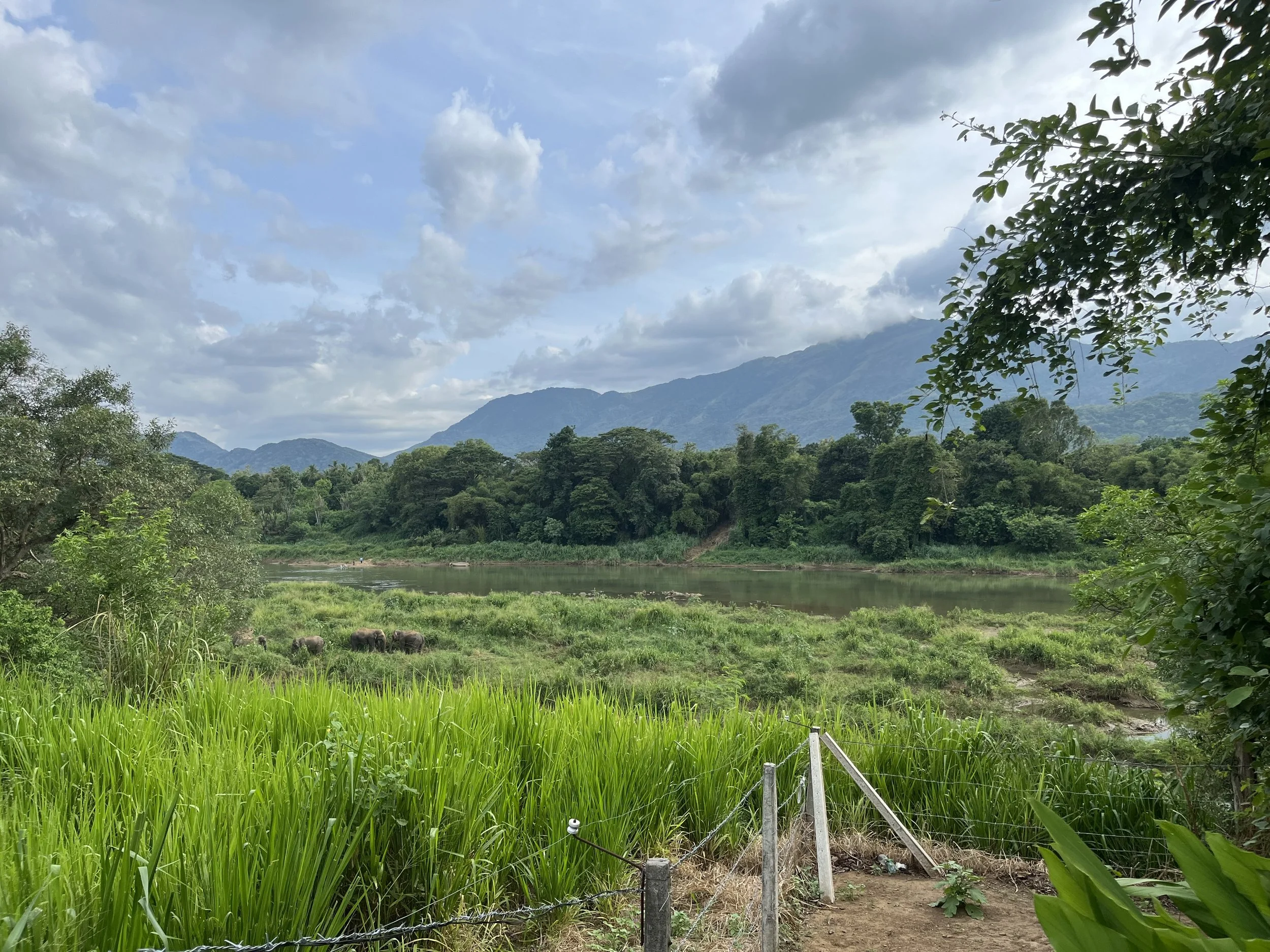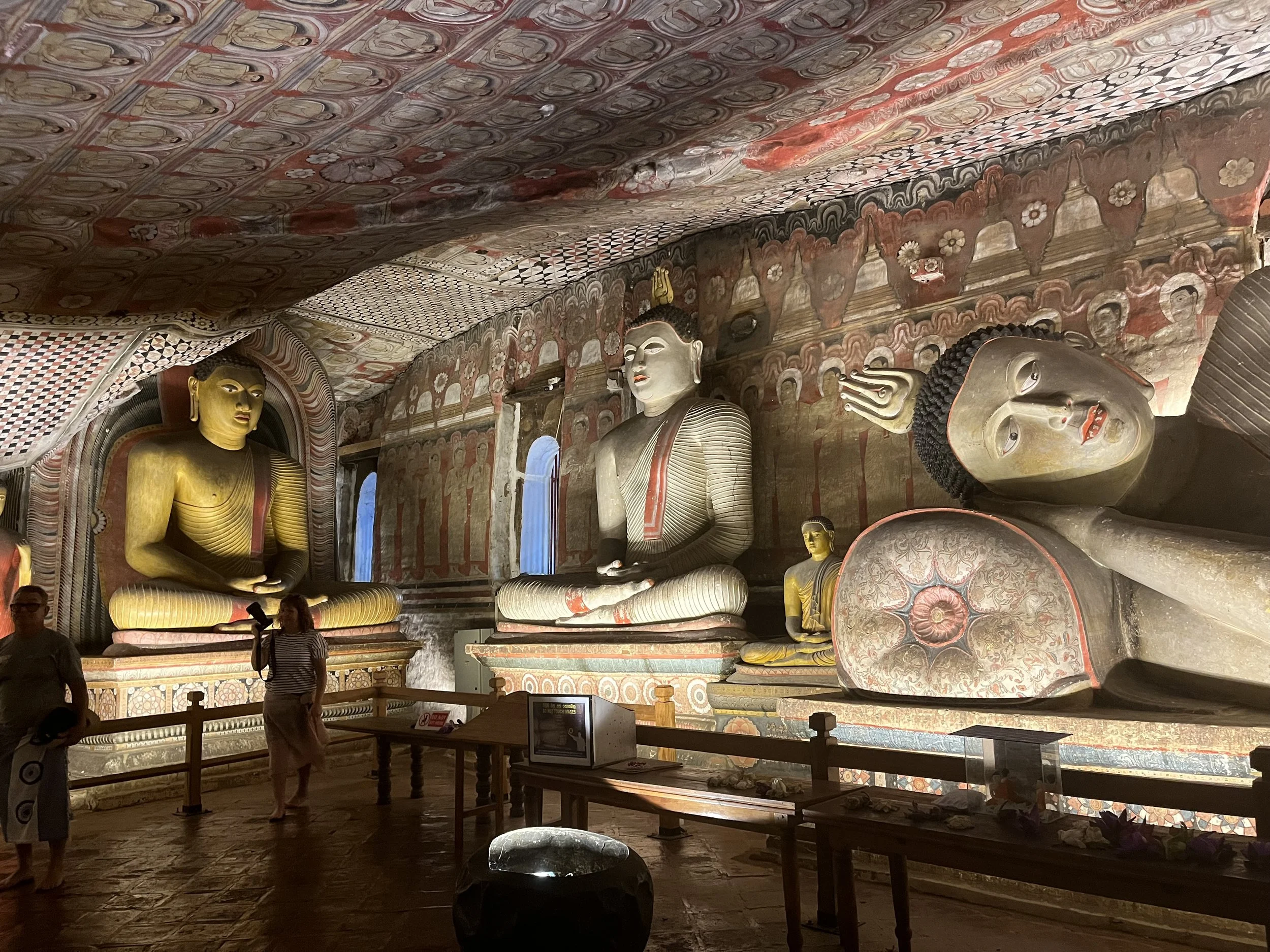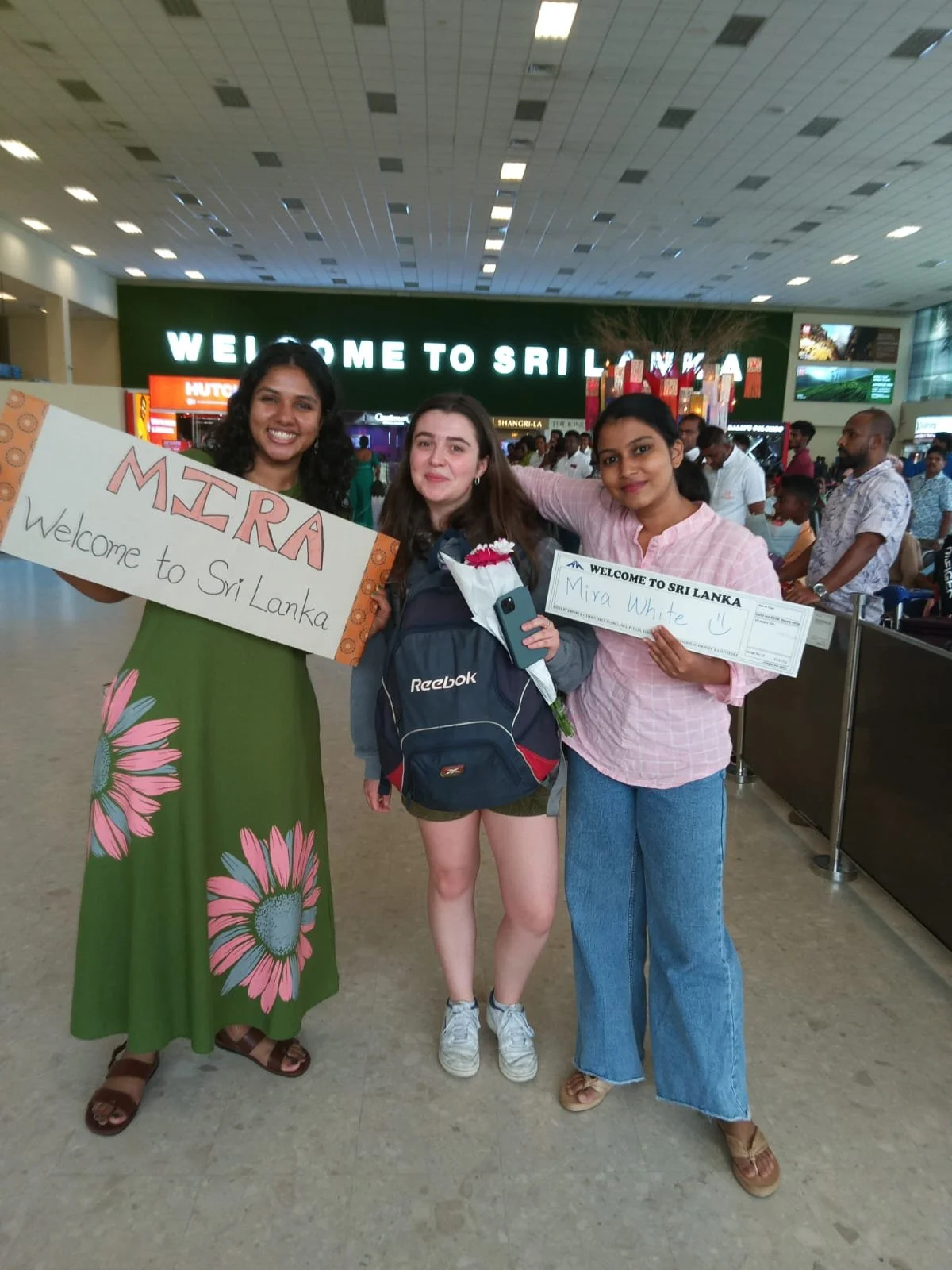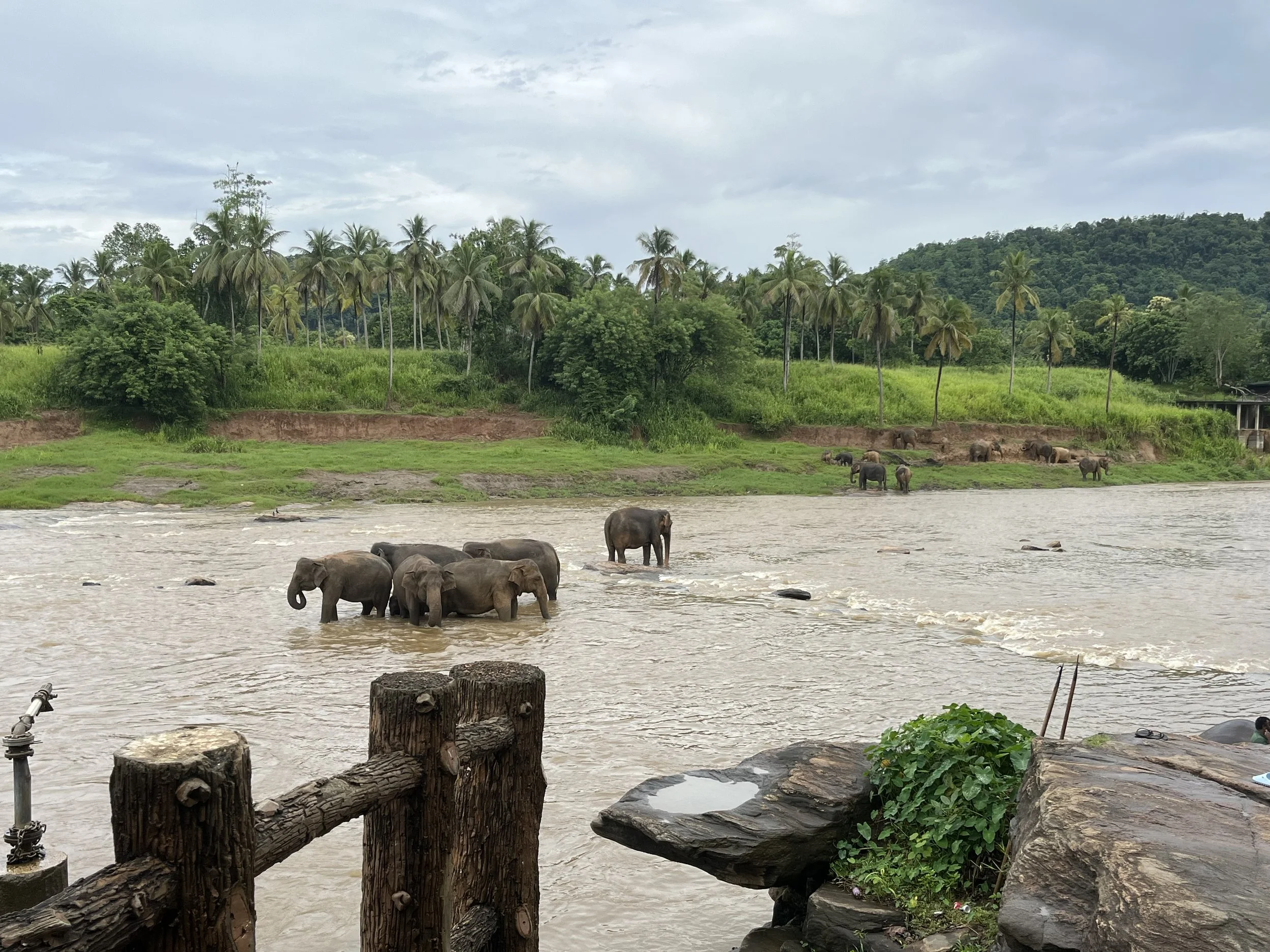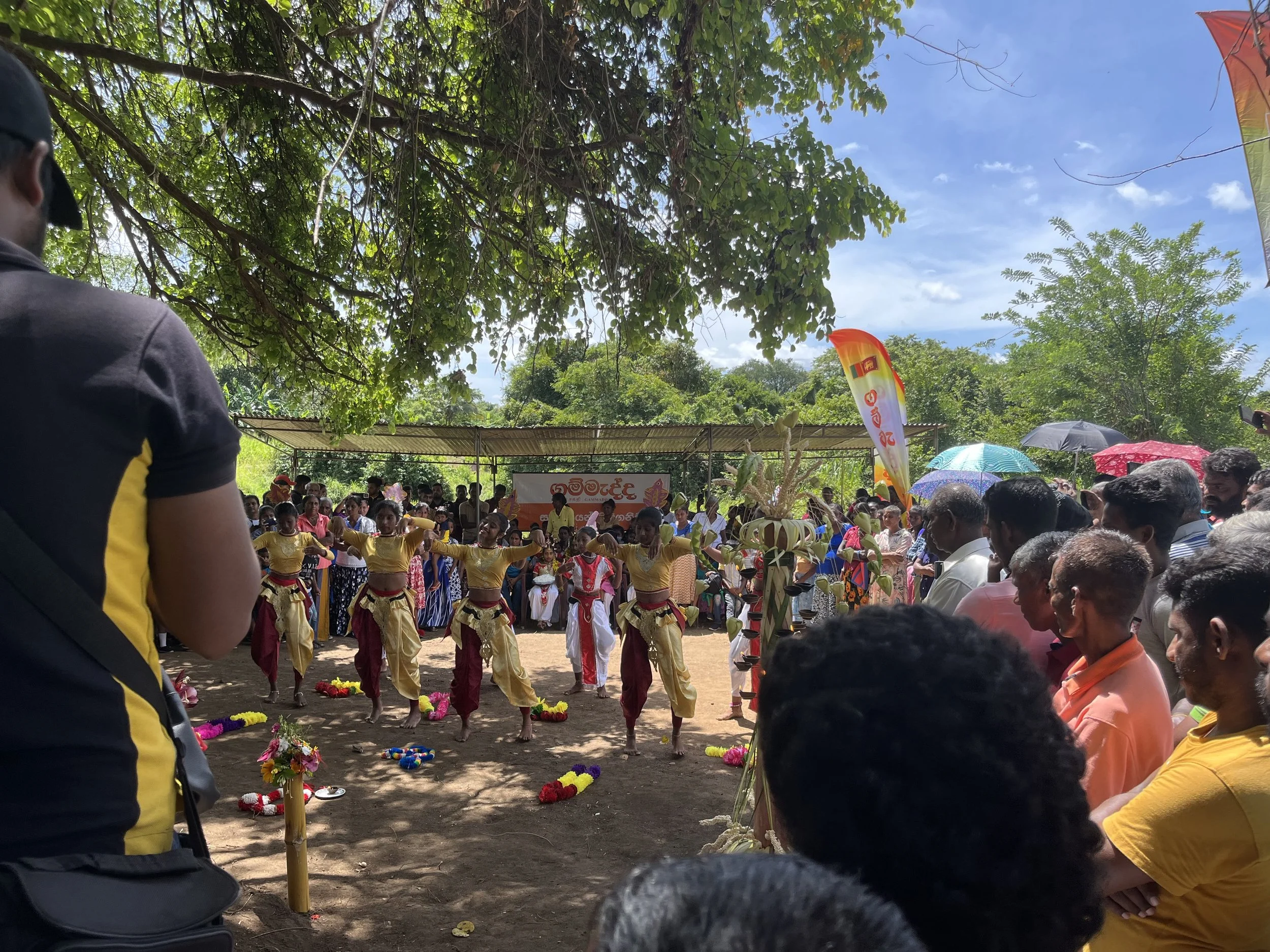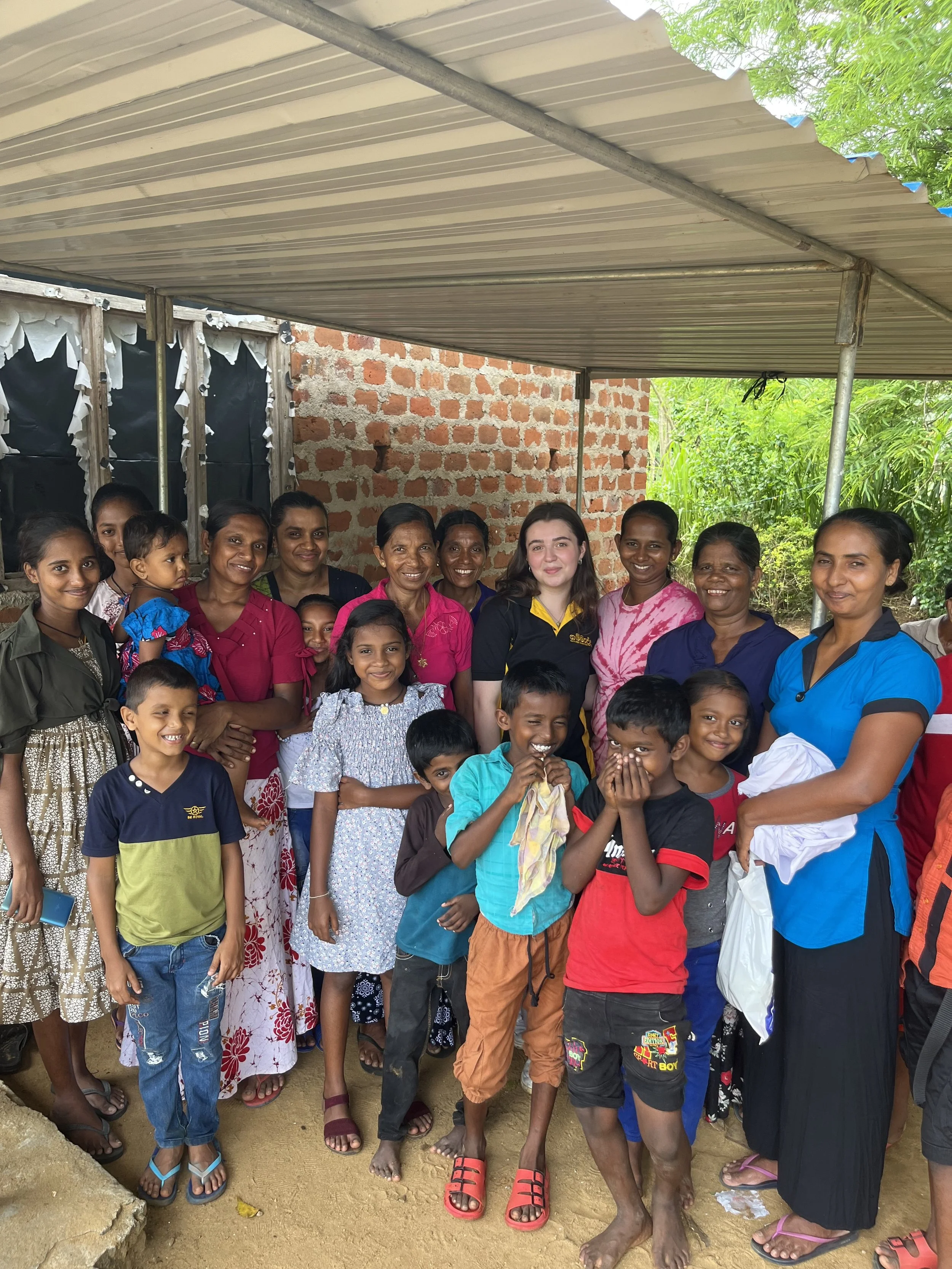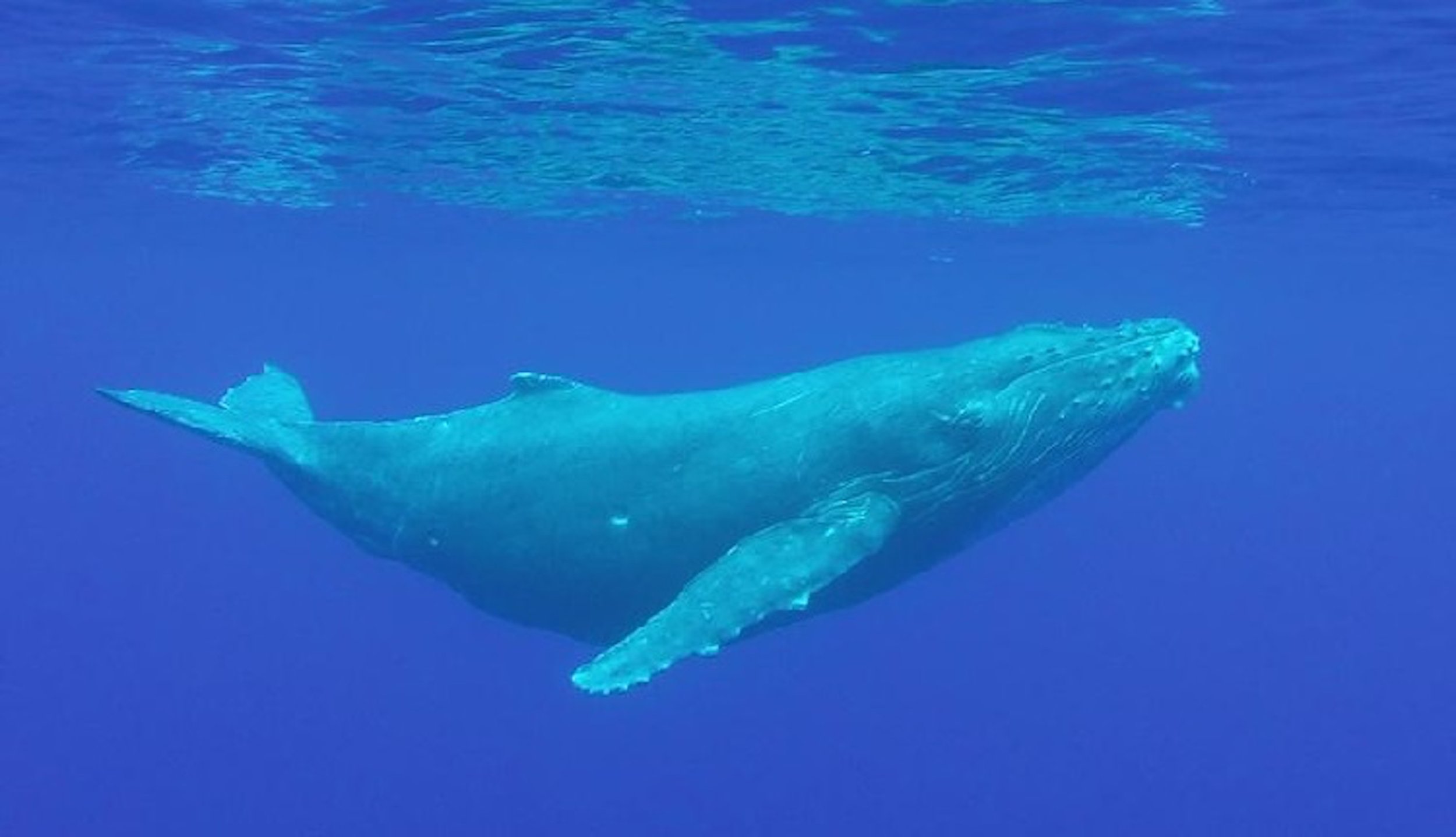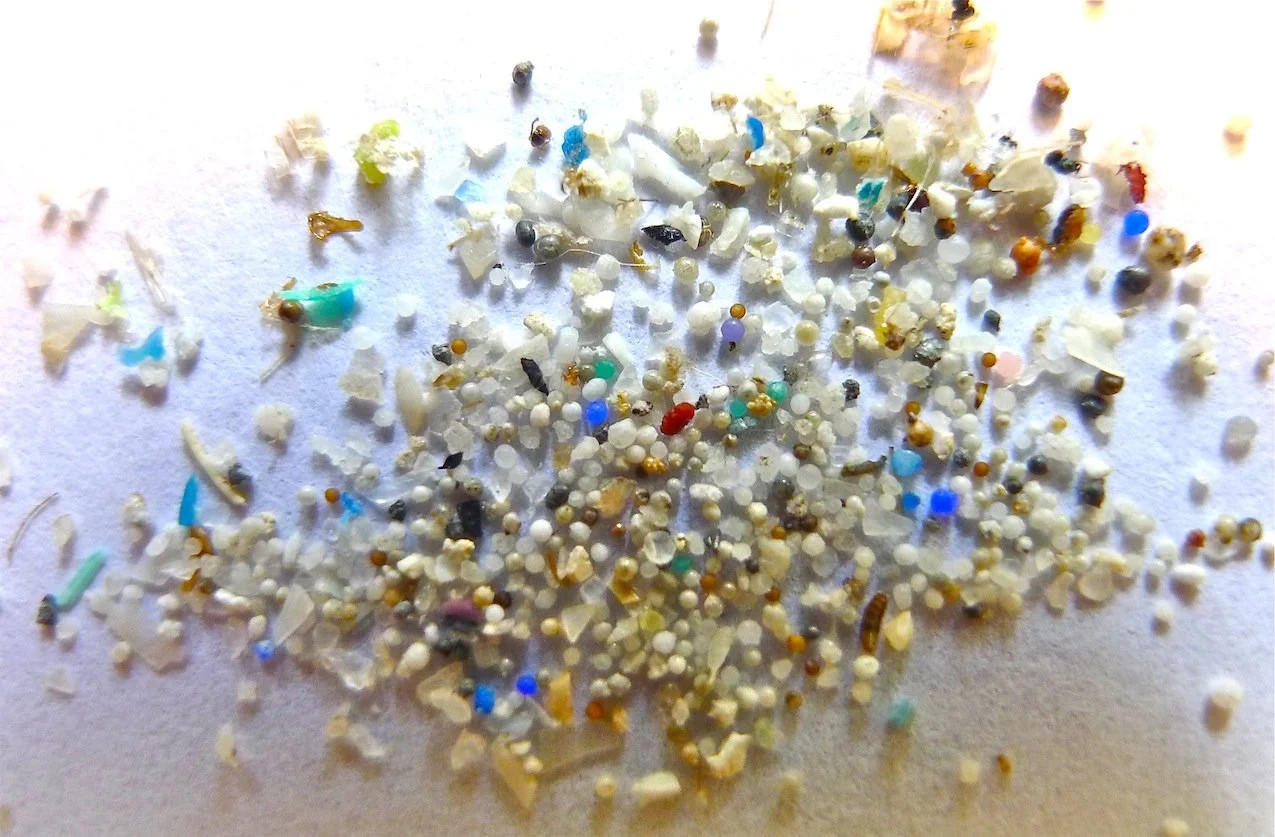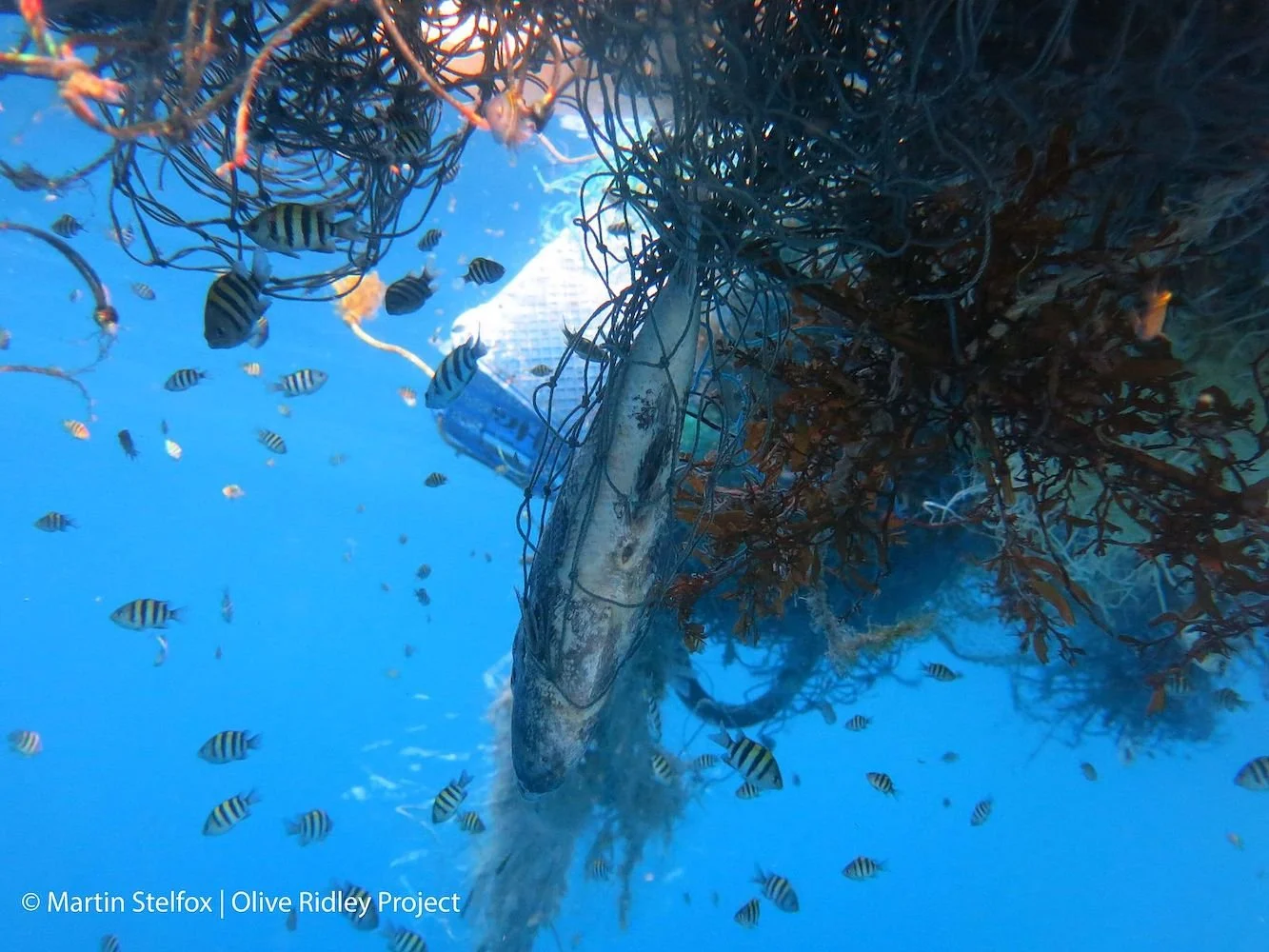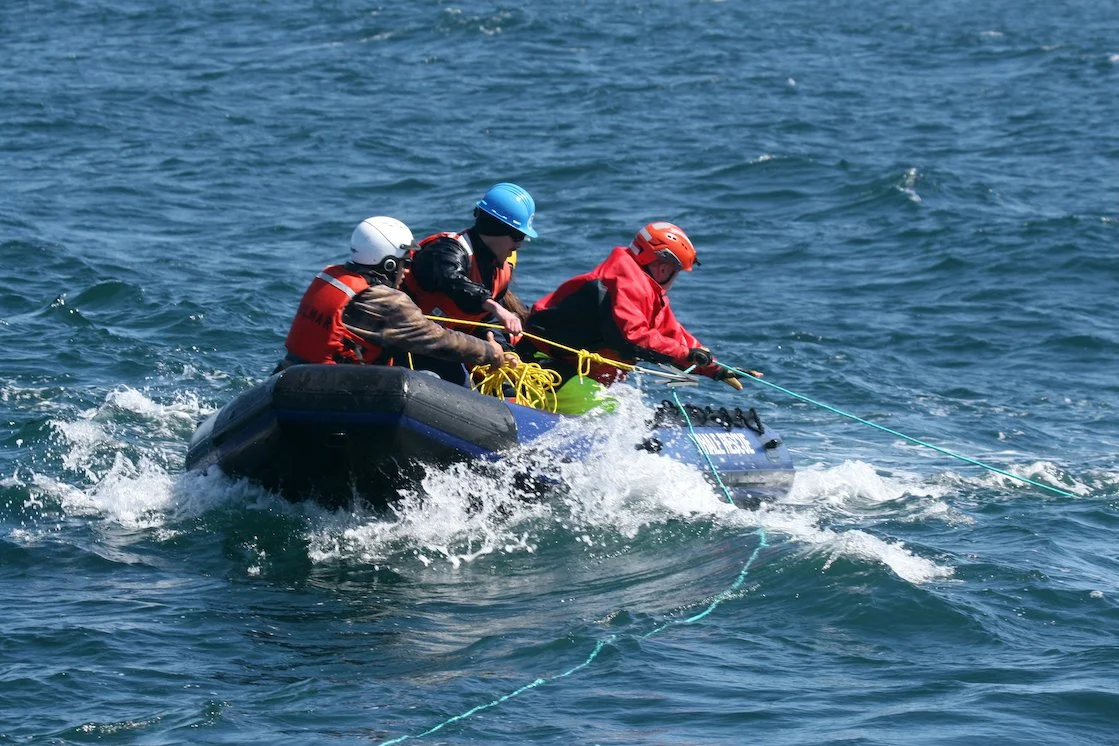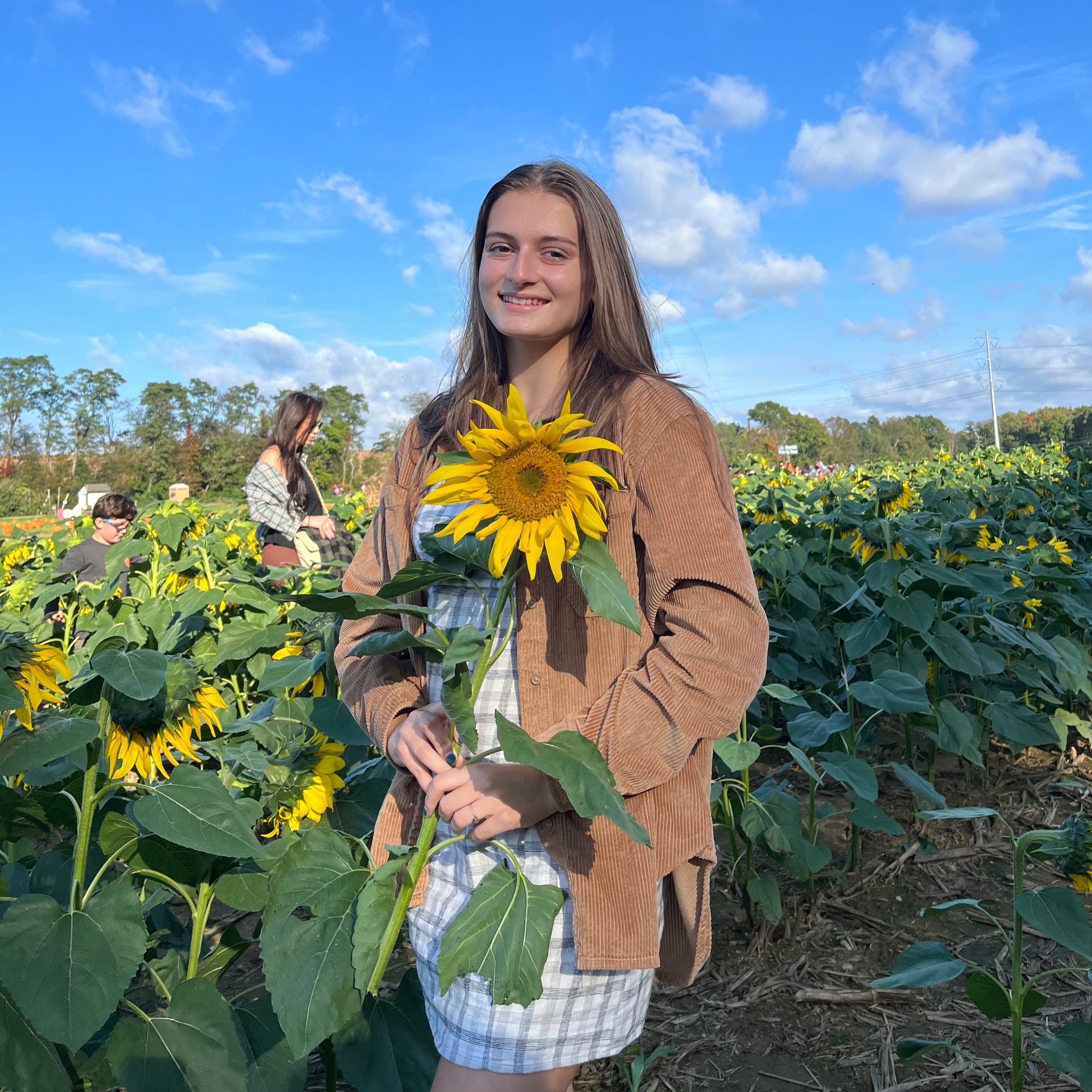Visiting a country during a cultural festival can be an amazing experience. Once travel resumes, plan a trip to one of these top festivals in Asia. From the Bali Kite Festival to the Desert Festival of Rajasthan, and learn of many more.
Read MoreConnecting with Culture: Embracing Food, Tradition and Language in Sri Lanka
With ancient Buddhist temples, stories of independence and deep-rooted traditions, Sri Lanka offers a South Asian experience unlike any other.
View from Elephant Sanctuary. Mira White.
The jewel of the Indian Ocean, Sri Lanka is recognized for its abundance of biodiversity and rich culture. Featuring vast rainforests, idyllic beaches and towering mountain ranges, the island is a hotspot for elephants, pink sand beaches and adventurous travelers. Its extensive history bridges the divide between the past and the present.
Dambulla Cave Temple. Mira White.
Living with a host family in Colombo and working for the Sri Lankan grassroots organization, Gammadda, I was able to experience the authenticity of Sri Lankan local life. Sponsored by Brown University, I interned for Gammadda, a group that prides itself on being an initiative “for the people by the people” while traveling across the country to complete rural development projects. Regardless of whether I was with my host family, at the office or in a remote part of the island, I was continuously exposed to an outstanding variety of new cultures, customs and habits.
My ten weeks living in Sri Lanka presented me with the opportunity to immerse myself in various facets of a culture older than any other I’ve experienced. Surrounded by Sinhala, spiced curry and tuk-tuks, I adapted to a lifestyle consumed by the language barrier, a diet of rice and, often, unpredictable transportation. Despite my unfamiliarity with Sri Lankan customs and traditions, I was always welcomed with kindness and understanding.
I arrived at the end of May, near the end of Sri Lanka’s Vesak Festival which celebrates the birth, enlightenment and death of Lord Buddha. The Colombo Bandaranaike International Airport was decorated with traditional flags and lights hanging from the ceiling. Upon my entrance into the country, I was greeted with warm welcomes and joyful smiles from coworkers and my host family, a testament to the real pride that Sri Lankans feel in welcoming internationals to their country.
Arriving at Colombo Bandaranaike International Airport. Mira White.
Living with a host family provided me with an intimate view of Sri Lankan life. Most mornings for the family began with the traditional Sri Lankan breakfast of rice and curry. At dinner, I was introduced to an array of rich spices and flavors and encouraged to try string hoppers, kottu and roti—so long as I could stomach food with intense spice— I could not.
My host family took great joy in seeing me taste their country’s diverse cuisine and were often eager to share with me the components and history of each dish. Aside from the food we shared, they took pride in speaking Sinhala and Tamil around me, hoping I would catch on to some words. They were eager to teach me small bits of the local languages in order to make me feel more integrated into their world. By the end of my trip, I could confidently say that I was familiar with simple phrases and greetings. I was elated to hear someone say “kohomada”—how are you?— when they answered the phone.
The hospitality of my host family extended beyond the dining table. They offered to take me on multiple excursions, highlighting places that showcased the island’s natural beauty. One memorable trip was to the Pinnawala Elephant Orphanage where I had the chance to see and touch elephants up close.
Pinnawala Elephant Orphanage. Mira White.
In the office, camaraderie among my co-workers was one of my most rewarding experiences. Colleagues helped me navigate office culture and even brought me to their homes to help dress me in a traditional Kandyan saree for formal work events, a gesture that made me feel deeply connected to those that I’d met in Sri Lanka and its local traditions.
Gammadda Colleagues. Mira White.
Beyond the office, co-workers were enthusiastic about sharing their local knowledge. They recommended must-see places and offered to accompany me on several outings to explore the island. They eagerly encouraged me to delve into local traditions and festivals. While on field site trips together, they encouraged me to try different foods and went out of their way to bring me to nearby sites to experience the natural richness of the island. Through their guidance, I gained a deeper understanding of the Sri Lankan business, cultural, and personal life that makes up the nation’s diverse tapestry.
Fieldwork took me to various parts of Sri Lanka, including areas severely impacted by poverty and climate change. The challenges faced by locals were stark—drought, erratic weather and economic hardship painted a sobering picture of life outside of Colombo. Despite the difficult circumstances under which I met those in rural villages, the warmth and gratitude of each individual was remarkable. My co-workers and I were welcomed into homes with genuine hospitality and kindness, often through the form of shared meals.
During projects for the grassroots organization I worked for, locals performed traditional dances and musical performances. These ceremonies provided a glimpse into their cultural heritage, underscoring their determination to preserve the connection to their roots against all odds. The people I encountered lived a life deeply intertwined with their faith and traditions. Their resilient authenticity stood in contrast to the struggles that they faced, demonstrating their profound strength and pride.
Traditional Dance Ceremony. Mira White.
During one particular ceremony, I was asked to join project organizers and funders in lighting a ceremonial candle in tribute to the work done. This act had been a gesture of symbolic participation in local customs, connecting me deeply with this specific community and the challenges of its people.
Candle Lighting Ceremony. Mira White.
Children in the Koleyaya community. Mira White.
This sense of community was evident in all of my interactions, whether with colleagues, rural children or just observing those on the side of the road. Sri Lanka’s allure as a tourist destination extends far beyond its picturesque landscapes alongside cities such as Kandy or Sigiriya Rock. The island’s cultural richness is reflected in its food, language and music, each of which tells a story of history and pride. Through sampling local cuisine, attending cultural festivals and engaging with the community, visitors are provided with deep insight into how Sri Lankans navigate the complexities of their environment while maintaining an exuberant spirit.
In the face of its challenges, Sri Lankans have cultivated a culture of warmth and hospitality. For those who choose to visit the island, the experience is as much about understanding the cultural landscape as it is about witnessing breathtaking beauty. Sri Lankans’ deep-rooted cultural pride is matched only by their kindness, making every visitor feel like a cherished guest. Beyond its landscape, Sri Lanka offers an opportunity to immerse oneself fully in a culture that thrives on connection and community. The enthusiasm with which locals invite you to explore their traditions, participate in ceremonies, learn the language and experience their daily lives creates a unique journey that I have yet to experience anywhere else. Once you’ve visited Sri Lanka, you become part of a larger family that eagerly awaits your return. Truly, Sri Lanka is more than just the jewel of the Indian Ocean, for visitors, it becomes a home away from home—a transformative experience that will call you back to its shores.
Families in Koleyaya village in Badulla District. Mira White.
Mira White
Mira is a student at Brown University studying international and public affairs. Passionate about travel and language learning, she is eager to visit each continent to better understand the world and the people across it. In her free time she perfects her French, hoping to someday live in France working as a freelance journalist or in international affairs.
Humans are Leading Blue Whales Toward Extinction in Sri Lanka
Human activity has compromised the blue whale habitats in Sri Lankan waters. Here’s what is being done about it.
Blue whale. U.S. Embassy New Zealand. CC0 1.0.
Though blue whales are the largest animal species on Earth, their population has been shrunk by human activity. There are an estimated 10,000 to 25,000 blue whales left on Earth, compared to a population of at least 100,000 just a century ago. A traditional hotspot for these endangered gentle giants is the northern Indian Ocean, in Sri Lankan waters. Human actions, such as fishing and shipping, have contributed to the death of blue whales in this area, pushing this species ever closer to extinction. Here are some ways that humans have negatively impacted the blue whale population, as well as some potential solutions.
Pollution
Microplastic. Oregon State University. CC BY-SA 2.0.
Pollution, particularly of microplastics, has contributed toward the decrease in the blue whale populations. As their name suggests, microplastics are tiny pieces of plastic that are created when larger objects break down, or are manufactured at tiny sizes for beauty products such as face scrubs. Krill often consume this type of debris, and are themselves food for whales in huge quantities. Because of the enormous amount of krill they eat, filter feeding baleen whales may consume about 10 million pieces of microplastic per day, equivalent to about 96 pounds of plastic. Blue whales in Sri Lankan waters are especially vulnerable to plastic pollution, as this area is a major shipping lane and microplastics are used in product packaging, leading to an increased risk of exposure. Though the mechanisms by which microplastics harm whales are still under investigation, they can carry toxic materials, which may be a contributing factor toward increased blue whale mortality.
Entanglement
Marine organisms caught in fishing nets. Martin Stelfox. CC BY-SA 4.0.
Whales can get entangled in fishing gear, resulting in injuries and infections. Whales may also carry around tangled fishing nets for years, making it more difficult for them to swim and feed,and leading to exhaustion. It has been found that about 300,000 whales and dolphins die from entanglement every year. Entanglement is one of the leading causes of death for blue whales in Sri Lanka.
Shipping Accidents
Ships in Sri Lankan waters. NZ Defence Force. CC BY 3.0 NZ.
The northern Indian Ocean contains a major shipping lane, and this lane happens to be a large feeding ground for blue whales. Due to the overlapping use of this area by boats, many blue whales have been killed in collisions with ships. Within the last decade, there has been an increase of shipping traffic by 300 percent, with more than 200 ships using the lane in Sri Lankan waters per day. There are differing estimates on the number of whales killed by ships, but it is suggested that as many as 56 whales die this way each year.
Resolutions
Whale disentanglement training. Nicole Capps. CC0 1.0.
Change of Shipping Routes
There are currently efforts to relocate Sri Lanka’s shipping lanes to decrease harm done to whales. It has been found that by directing ships 15 miles south of the current route, 95 percent of whale fatalities in the area may be avoided. Organizations such as International Fund for Animal Welfare (IFAW), the International Maritime Organization (IMO), and OceanCare have requested changes in this shipping route. The major shipping corporation, MSC Group, has agreed to move these routes south in order to benefit the blue whale population. Although this action has now been approved, it was previously rejected by the former Sri Lankan government due to economic concerns.
Entanglement Response
There are current international efforts to save whales that have been entangled in fishing nets. The International Whaling Commission (IWC), which regulates whale hunting and preservation globally, provides training workshops on disentanglement, reaching over 1300 government representatives, scientists and conservationists globally. The Center for Coastal Studies also has a “Disentanglement Network,” where trained response teams visit popular whale feeding and calving areas to assist any possible whales-in-need.
Addressing Microplastic
The Whale and Dolphin Conservation, Environmental Investigation Agency, Humane Society International and OceanCare recently got the European Union push for the IWC to prioritize plastic pollution in its conservation efforts. The motion received consensus approval; all votes were in favor. Individual efforts against the use of plastic can help reduce its prevalence in the ocean, such as taking small measures like recycling, using reusable products instead of single-use, and avoiding beauty products that contain microplastic beads.
TO GET INVOLVED
Click here to donate to the International Fund for Animal Welfare.
Click here to donate to Marine Life Studies.
Click here to donate to Greenpeace.
Alexandra Copeland
Alexandra Copeland is a student at The College of New Jersey studying psychology and journalism. She is a lover of coffee, dancing, and visiting new places. Being raised with her Greek culture has inspired her interest in cultural customs around the world. She is a passionate writer and hopes that her work will make an impact in the future.
Sri Lankan Journalists Revive the #MeToo Movement
Female journalists in Sri Lanka have united under the #MeToo movement to foster change within the newsroom.
An overhead view of Colombo, Sri Lanka. Jalitha Hewage. Unsplash.
The Sri Lankan government has called for an investigation of several media outlets following allegations of sexual harassment from female journalists. This resurgence of the #MeToo movement was sparked on June 18 when Sri Lankan journalist Sarah Kellapatha spoke up on Twitter about her experience with a male colleague who threatened to rape her during her time at a publication from 2010-2017.
Encouraged by Kellapatha’s story, several other female journalists began to speak out about their own experiences with sexual harassment in the workplace. For example, Sahla Ilham spoke out about being sexually abused by an editor who pressured her family to remain silent. Another who shared their experience was Jordana Narin, who was harassed by a senior colleague until he was forced to resign by the chief editor.
The Sri Lankan government appears to be taking these allegations seriously, as the Minister of Mass Media, Keheliya Rambukwella, asked the Government Information Department to further investigate the claims to help ensure that female journalists feel safe at work.
Currently, the only type of law that Sri Lanka has to address sexual harassment is a criminal law, which would result in imprisonment of up to five years, or a mere fine, for those found guilty. However, according to human rights lawyer Ermiza Tegal, the problem is that the criminal law is rarely used and victims are often undermined and invalidated.
This recent movement shares its roots with the global #MeToo campaign which started back in 2017 following numerous sexual assault allegations against Harvey Weinstein. The movement fostered awareness of sexual abuse, as well as a safe space for victims to speak about their experiences. Similarly, the journalists who have come forward in Sri Lanka have shared their own experiences, many of them from different news publications, in hopes of fostering change and reform within newsrooms.
Zara Irshad
Zara is a third year Communication student at the University of California, San Diego. Her passion for journalism comes from her love of storytelling and desire to learn about others. In addition to writing at CATALYST, she is an Opinion Writer for the UCSD Guardian, which allows her to incorporate various perspectives into her work.
The departures board at the TWA Flight Center in New York. Wally Gobetz. CC BY-NC-ND 2.0.
Stuck at Home? Try These 5 Virtual Travel Experiences
With uncertainty surrounding the pandemic’s end, many sustainable travelers are unsure of when they will be able to venture back out into the world. Sustainable travel is rooted in the idea that one’s trip leaves a positive impact on the community visited, and the risk of spreading COVID-19 to remote communities around the globe directly interferes with this principle.
However, many sustainability and social action travel companies have pivoted from in-person travel to offer a variety of virtual experiences which connect travelers with communities they would otherwise be unable to visit. Likewise, a number of tourism organizations, tech developers and travel lovers have created their own virtual travel offerings. This allows communities around the globe which have traditionally been reliant on tourism to maintain economic sustainability during this period of uncertainty. Here is our guide to five organized virtual travel experiences that you can do from the comfort of your home.
1. Learn to Prepare Mexican Salsas with ExplorEquity
A variety of salsas. Chasing Donguri. CC BY-NC-SA 2.0.
Salsa is synonymous with Mexican cuisine. The delicious topping for chips, tortillas, tacos, burritos and enchiladas can trace its origins back to the Aztec, Mayan and Incan empires. Later popularized in Mexico and the United States throughout the 20th century, the salsa we know today can be made from combining an endless variety of ingredients. Given the regionality of Mexico’s cuisine, the country continues to innovate the popular dish in local restaurants, cafes, bars and homes.
With this unique virtual experience from ExplorEquity, travelers will learn to make a green creamy salsa, a red molcajete salsa and salsa macha. Led by chef Natalia from Mexico City, this virtual experience is perfect for salsa amateurs and connoisseurs alike. Each of the three recipes yields two servings, making this the perfect class to take with friends and family. ExploreEquity’s “Learn to Cook Mexican Salsa” class costs $39 per person and is generally offered every few weeks.
2. Practice Yoga in Sri Lanka, India and Portugal with Soul & Surf
A person practicing yoga on a beach in India. Dennis Yang. CC BY 2.0.
The origins of yoga date back thousands of years, but the practice is most commonly associated with Hinduism as one of its six orthodox philosophical systems. While still commonly associated with India, which is home to the world’s largest Hindu population, yoga over the past few decades has gained worldwide popularity for its physical benefits and meditative and spiritual components.
Soul & Surf, a wellness travel company operating in India, Sri Lanka and Portugal, offers travelers at home a unique opportunity to practice yoga with teachers from around the globe. Unlike other virtual yoga opportunities which generally consist of an archive of prerecorded sessions, Soul & Surf’s at-home yoga experience involves videos that are created and uploaded on a weekly basis, allowing travelers at home to connect with their teachers and destinations around the globe. Soul & Surf’s at-home offerings are continuous, and are sold as subscriptions for around $33 a month.
3. Break Bread with a Faraway Family Through Two Point Four
A family sharing a meal in Mozambique. WorldFish. CC BY-NC-ND 2.0.
One of the biggest casualties of sustainable travel throughout the pandemic has been the ability to connect with communities around the globe on a one-on-one basis. These intimate connections help to build lasting relationships, provide an opportunity for a mutual sharing of cultures, and foster a greater understanding and appreciation for the depth and complexity of the global community.
Two Point Four, a family-focused experiential travel company, has created a solution to allow intimate global connections to be made without risk of the virus’s spread. Through a free survey, the company will connect family travelers with others around the globe to facilitate community-building. Using a series of group calls, travelers will be able to learn from local guides and travel experts, break bread with other families, and allow folks to support one another on the issues of travel, sustainability and curiosity as the pandemic continues. What you do on the call is entirely up to you and the folks on the other end of the line—feel free to share favorite travel stories, have a meal together or discuss your lived experiences. The calls are free and vary in length based on the availability of the traveler and the other family or travel expert.
4. Explore the Natural Beauty of Chile with Chile 360
Amalia Glacier, Chile. Phil Parsons. CC BY-NC-SA 2.0.
Chile is one of the most beautiful countries in the world. The 2,653 mile ribbon-shaped country, which hugs the western edge of Argentina, is home to countless climates and cultures, offering travelers to the country a unique experience. Visitors can wander the Atacama in the north, the world’s driest desert, or the fjords and glaciers common throughout Chile’s southernmost regions. Santiago, the nation’s capital, is a cosmopolitan metropolis offering a wide variety of experiences, cuisines and cultural attractions.
While travel to the country may not be possible for most due to the pandemic, the Image of Chile Foundation, a private nonprofit which works closely with the Chilean government to promote tourism in the country, has released an app called Chile 360 which provides users with the opportunity to explore Chile’s vast natural and cultural heritage. Travelers stuck at home can visit the turquoise waters of Patagonia’s Torres del Paine, explore the Rano Kau volcano on Easter Island, and get up close with the Cathedral of Santiago de Compostela, a famous national landmark in the nation’s capital. The app is free and currently available on the Apple and Google app stores.
5. Visit Kyoto’s Historic Geisha District with Ken’s Tours Kyoto
Cherry blossoms in the Gion neighborhood of Kyoto, Japan. Trevor Dobson. CC BY-NC-ND 2.0.
Geishas, a class of Japanese women who are traditional performance artists and entertainers, have continued to maintain 17th-century Japanese traditions into the modern era. Common throughout the country, but most prevalent in Tokyo and Kyoto, geishas continue to captivate local and international audiences alike with their unique art, performances, makeup and dress. Many in Japan today regard geishas as some of the most successful Japanese businesswomen ever.
Ken’s Tours Kyoto, a small group of travel experts who normally lead guided tours throughout the city, offers travelers the opportunity to virtually explore Gion, Kyoto’s historic geisha district. Through 40-minute guided sessions, travelers from home will visit some of the most famous landmarks in the neighborhood, listen as guides share childhood stories from growing up in Kyoto and learn various Shinto rituals and traditions. This unique experience is offered for $39 a session through Amazon on a rolling basis.
Jacob Sutherland
Jacob is a recent graduate from the University of California San Diego where he majored in Political Science and minored in Spanish Language Studies. He previously served as the News Editor for The UCSD Guardian, and hopes to shed light on social justice issues in his work.
Sri Lanka Strives Toward Gender Equality Through Economic Empowerment
Sri Lanka’s efforts to combat the gender gap allow women to support themselves and their communities.
Women selling produce at a market in Sri Lanka. imke.sta. CC2.0
Nicknamed the “pearl of the Indian Ocean” and famous for its spices, unique culture and lush ecosystems, Sri Lanka is also known for its advances in gender equality. The island nation became in 1960 the first country in the world to elect a female prime minister, Sirimavo Bandaranaike. Sri Lanka has also long provided free and compulsory education for men and women up to the university level.
Even so, high levels of gender-based violence are present throughout the country and the unemployment rate of women is twice that of men. Most women occupy low-paying positions in agriculture and the garment industry with little chance of economic mobility. Although well-respected in the Asia-Pacific region, Sri Lanka’s educational system often enforces traditional ideological and cultural beliefs, which can perpetuate negative stereotypes about women. A university-level education does not guarantee women positions of power, with large disparities between men and women in science, technology and political positions throughout the country. Additionally, a 26-year-long civil war (1983-2009) isolated Sri Lanka from the modern world, allowing traditional gender roles to thrive in war-affected areas.
Developing economic opportunities for women has the potential to overcome barriers to gender equality. Here are two organizations working to do just that:
Women receiving medical training provided by the Women’s Development Centre. Rajapaksa. CC2.0
The Women’s Development Center
This Sri Lanka-based nongovernmental organization has made incredible strides in supporting at-risk women, children and people with disabilities since its founding in 1986. With the goal of creating opportunities for marginalized groups, the group is on its way to “creating a just and secure society for women and children.” Although the organization has a multifaceted approach, social enterprises and economic empowerment remain its key goals. The social enterprise “Sthree”, meaning “woman” in Tamil and Sinhala, was founded in 2011 with the goal of empowering women and their local communities. The platform provides a market in Kandy for Sri Lankan women and disabled people to sell handmade products, such as saris, jewelry, decor, snacks and chutneys, recycled paper products and eco-friendly purses and handbags. Sthree also provides training and skill-building workshops for women and disabled individuals. Sthree is beginning to expand to an international clientele, even hosting an international exhibition and sale in Sweden in 2016.
A woman making brooms for a woman’s cooperative in Sri Lanka. Foley. CC2.0
Puthukkudiyiruppu Women Entrepreneurs’ Cooperative Society
The PTK Cooperative, initially founded by Krishnakumar Jeyaranjini and 14 other women in 2012, provides a platform for war-affected women to support themselves and their families economically. The business has expanded over the years, producing detergent, chili powder and rice flour. The organization has the backing of the International Labour Organization (ILO), which helps link it to buyers, markets and social enterprises. The organization enables collaboration between women from different ethnic groups and communities in Sri Lanka, helping to create social cohesion and tolerance. The organization continues to defy gender norms and stereotypes. “Often the words ‘woman’ and ‘detergent’ bring out gendered images of a woman washing clothes at home, not of a woman owning or running a successful detergent-producing enterprise,” said Simrin Singh, director of the ILO country office for Sri Lanka. “It is stories of our work empowering women like Jeyaranjini, building block by block, that are the essential inspiration so many other women in this country could use to break the barriers to their empowerment.”
Although Sri Lanka has made considerable progress toward gender equality in the last 50 years, many obstacles remain. Empowering women at a grassroots level helps provide women more economic agency while ensuring the well-being of generations to come.
Megan Gürer
Megan is a Turkish-American student at Wellesley College in Massachusetts studying Biological Sciences. Passionate about environmental issues and learning about other cultures, she dreams of exploring the globe. In her free time, she enjoys cooking, singing, and composing music.
India: Maldives: Sri Lanka
India, Maldives and Sri Lanka have been deeply entwined for centuries. The earliest settlers in the Maldives were likely from southern India. Indo-European speakers followed them from Sri Lanka in the fourth and fifth centuries BC. Today, the ethnic identity of these countries is still truly unique, but nevertheless a blend of these cultures reinforced by religion and language. From riding motorbikes to swimming with sharks, follow one man’s journey to all three countries as he explores the city life, wildlife and rural life.
SRI LANKA: Island of Dharma
Located at a maritime crossroad, the island of Sri Lanka has been influenced over thousands of years by cultures throughout Asia, largely including its neighbor, India. Home to spectacular riverscapes, numerous Hindu temples, and an array of wildlife, the island is truly something to behold. Here, videographer Piotr Wancerz, captures the people who reside in Sri Lanka going about their daily lives; from schoolchildren to fieldworkers. Explore the island's peaceful beaches, unique cuisine, ancient temples and busy city streets like you've never seen them before in this video.
SRI LANKA: Singha Vihara
Sri Lanka, officially the Democratic Socialist Republic of Sri Lanka, is an island country in South Asia, located in the Indian Ocean to the southwest of the Bay of Bengal and to the southeast of the Arabian Sea. The videographers took a road trip in Sri Lanka and this video documents their travels.

